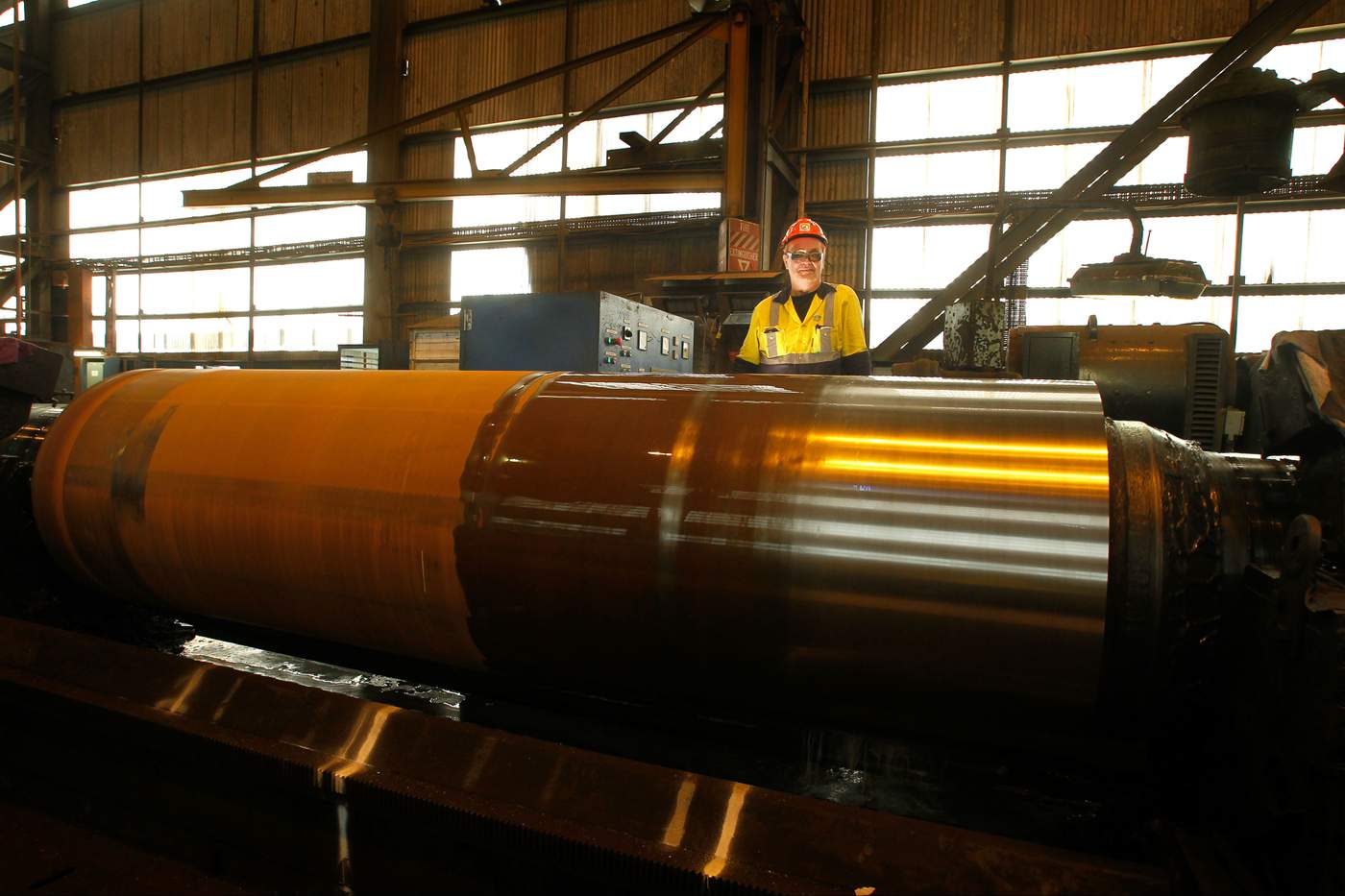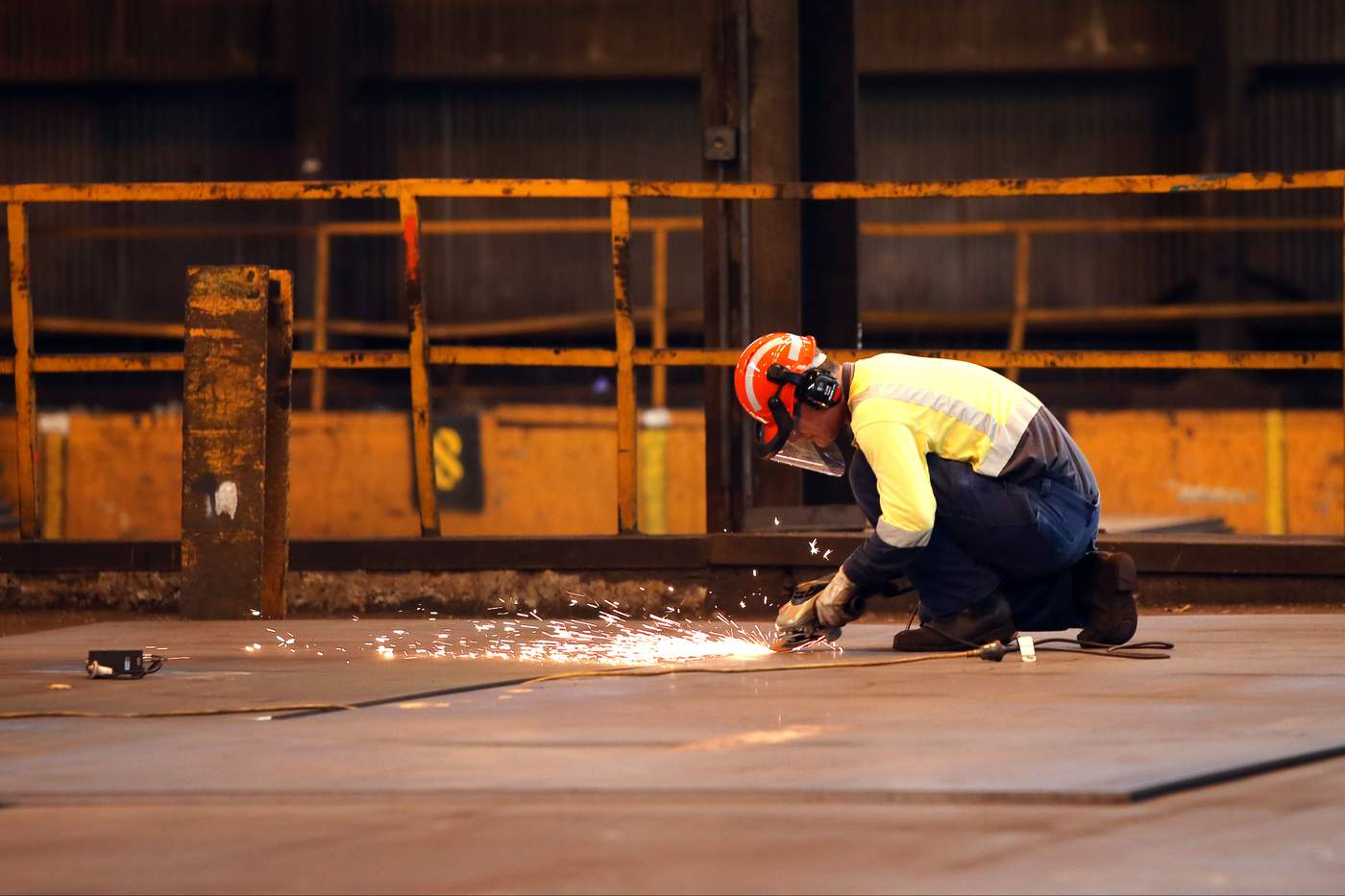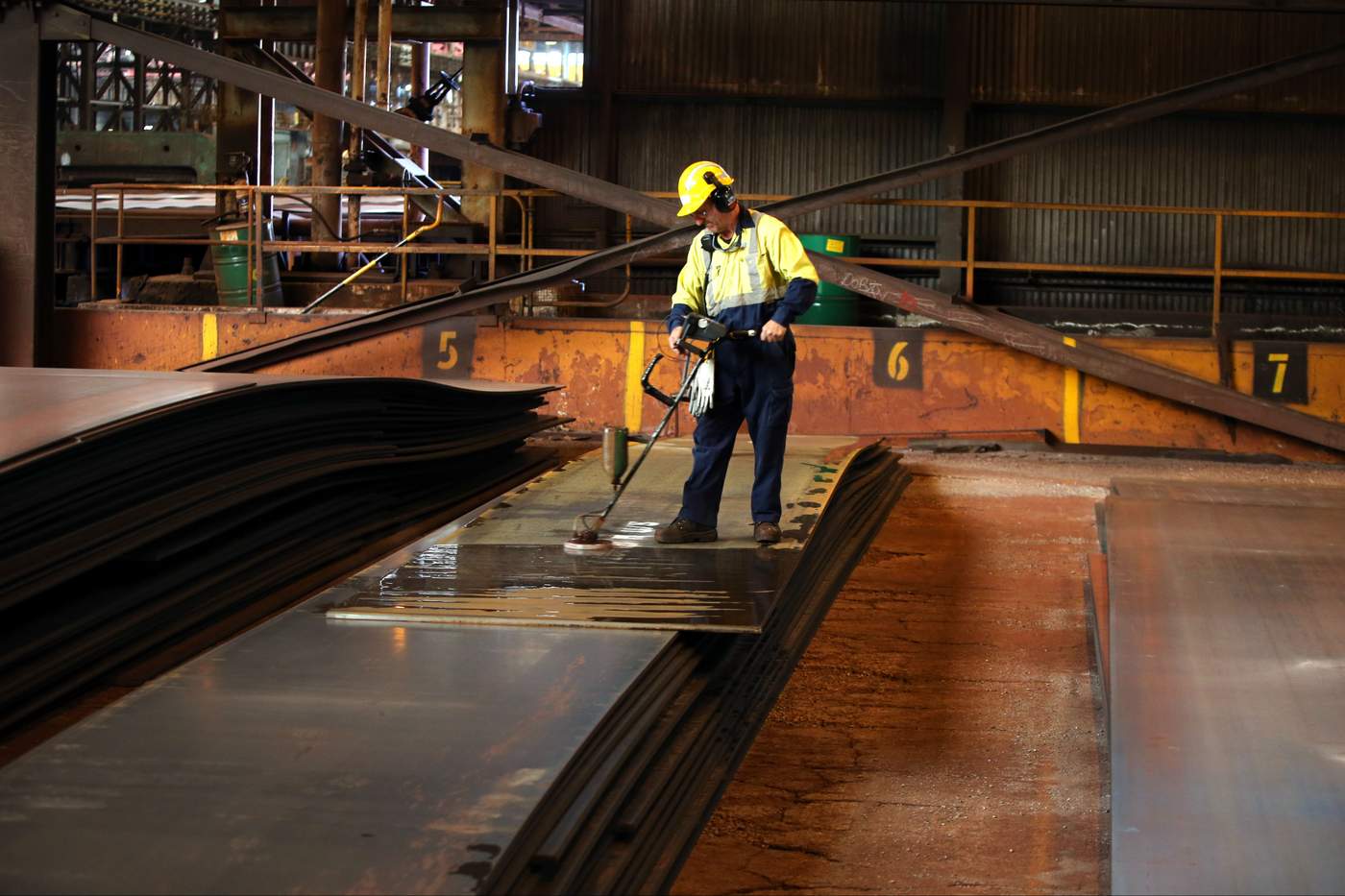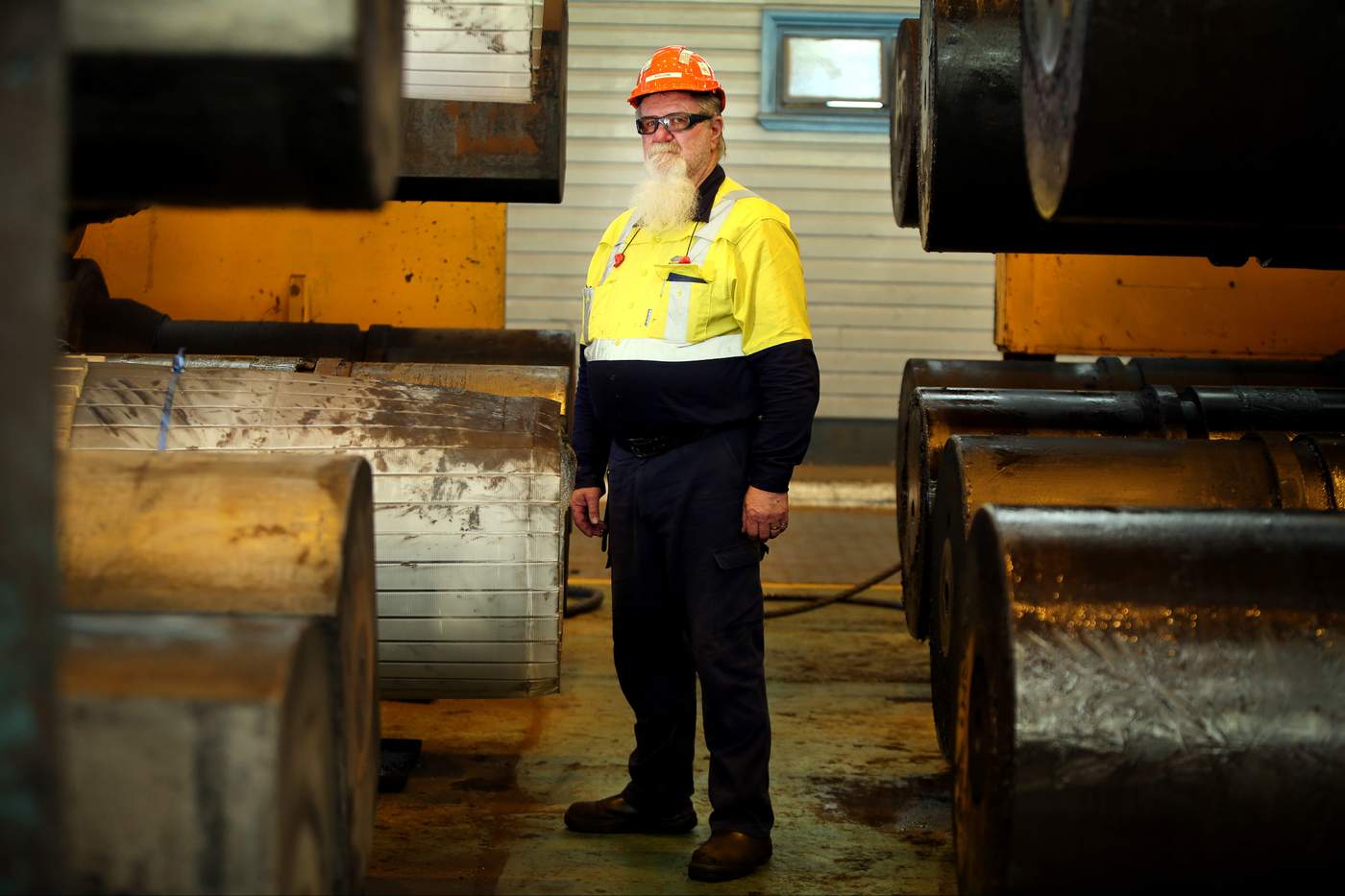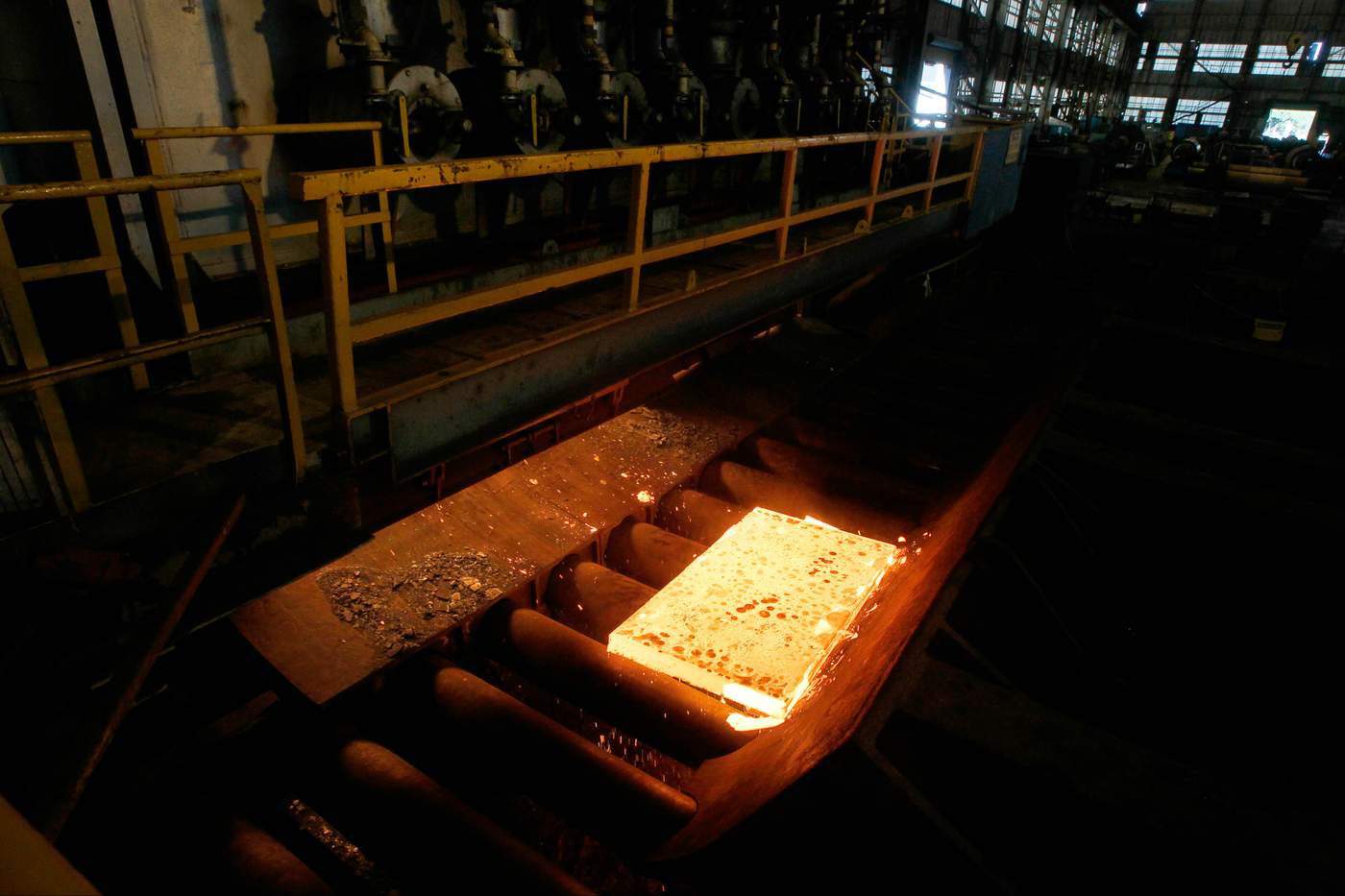The steel story: Jim's a steel survivor
Journalist Glen Humphries and photographer Sylvia Liber pull back the steel curtain and take you deep inside BlueScope's Port Kembla steelworks.
30 May 2016
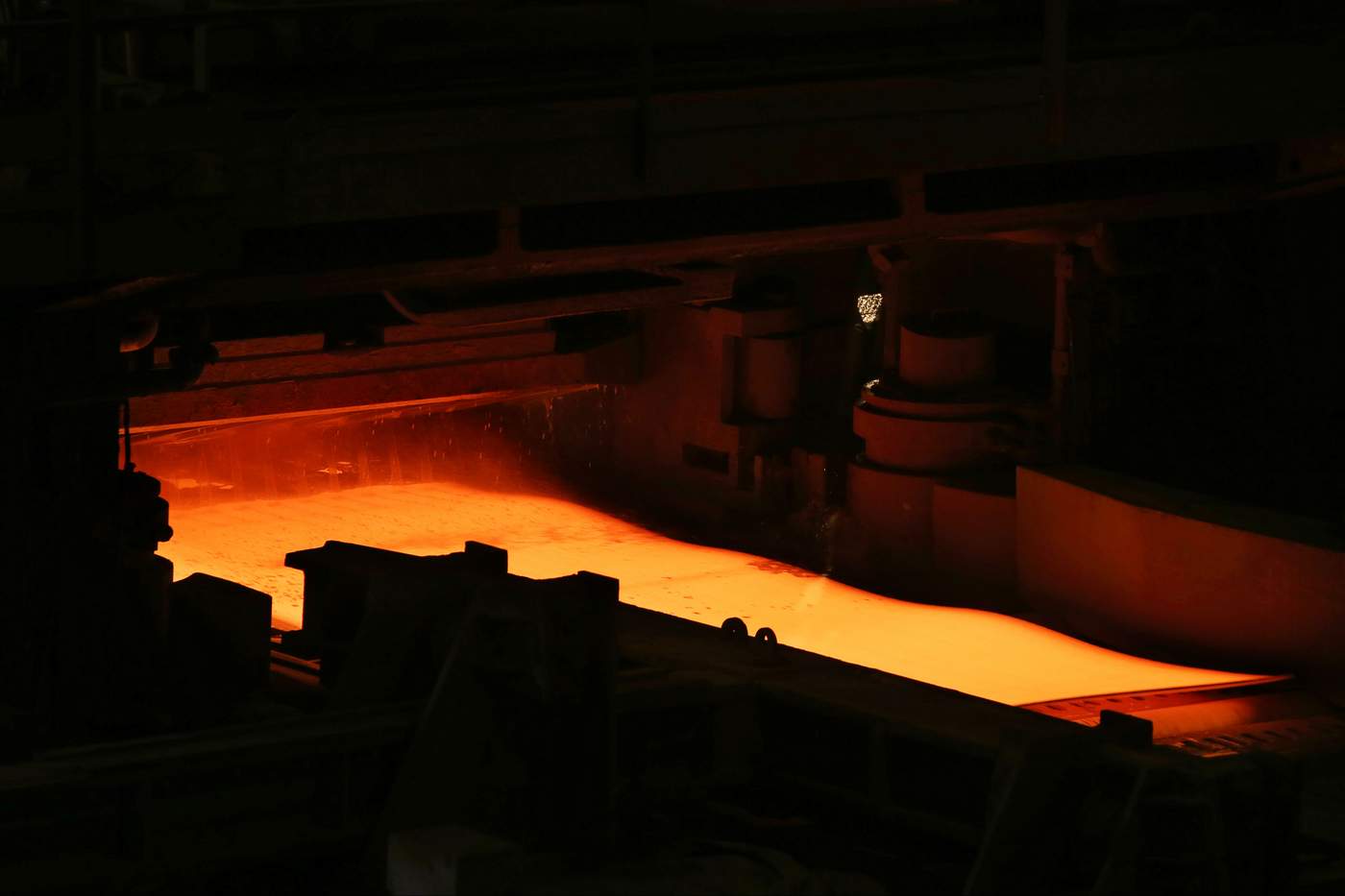
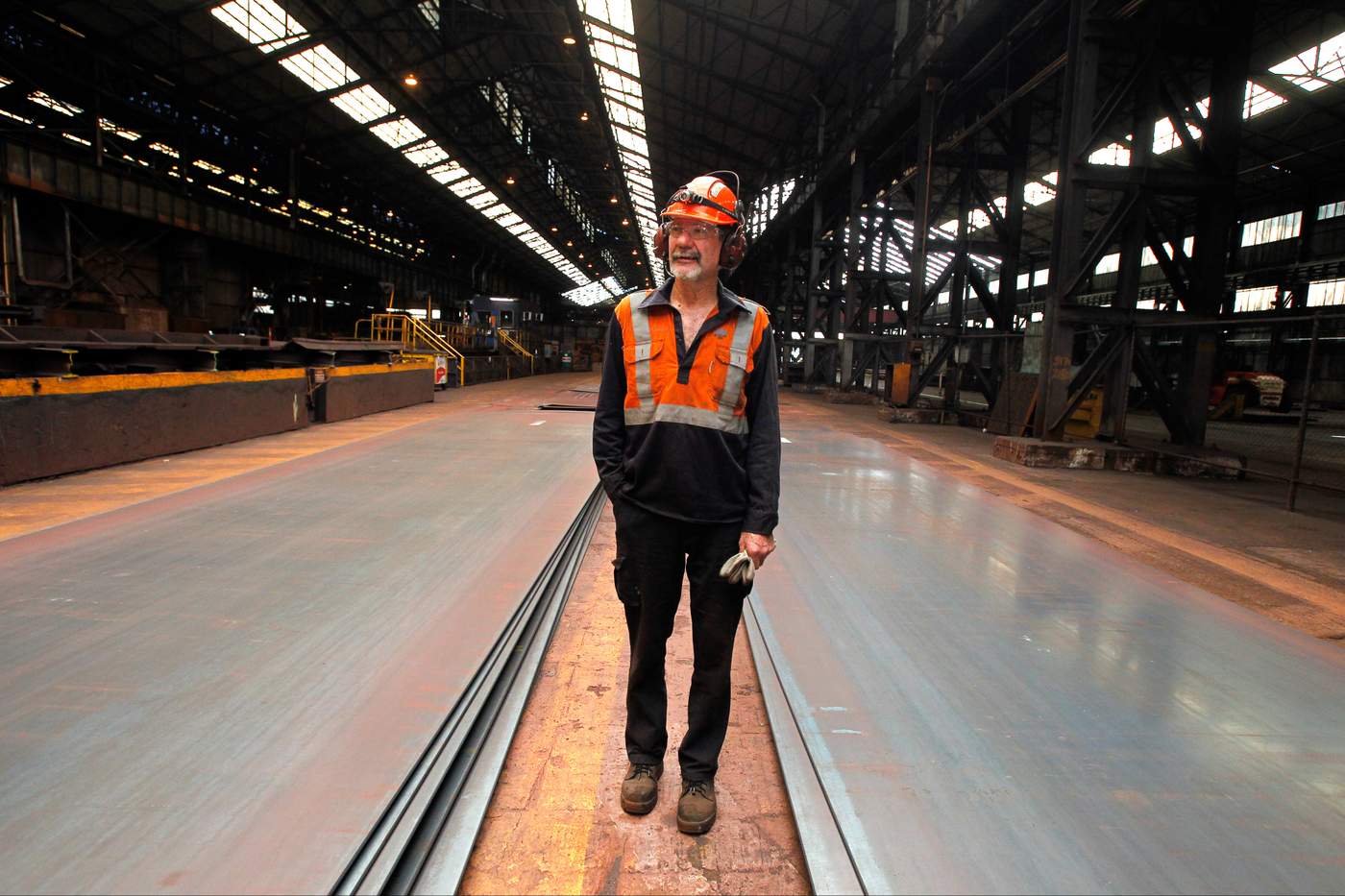
Jim Bell’s been at the steelworks for a while - 55 years in fact.
An electrician in the plate processing section, his secret for staying on for so long in the one job is simple - it’s all about knowing where to draw the line.
“I wouldn’t consider myself the steelworks’ ideal employee, but I know when to stop,” he smiled.
“You have to know when to stop, when to say ‘yes’ and when to say ‘sir’.”
Jim has spent 55 years as an electrician - all because of his father.
“In the old days, your father told you what to do,” he says.
“My father said ‘I want you to become an electrician’ and so I am.
Mentors are hard to come by and he was one of the best.”
Where Jim works is one of the two streams that branch off from slab handling.
While most slabs go to the strip mill to get turned into coil, a smaller amount end up at the plate mill to be made into steel plate.
Plate manufactured at BlueScope has been used for a range of purposes, including the construction of Australian naval ships.
BlueScope steel plate is also under consideration for the recently announced submarines to be built in South Australia.
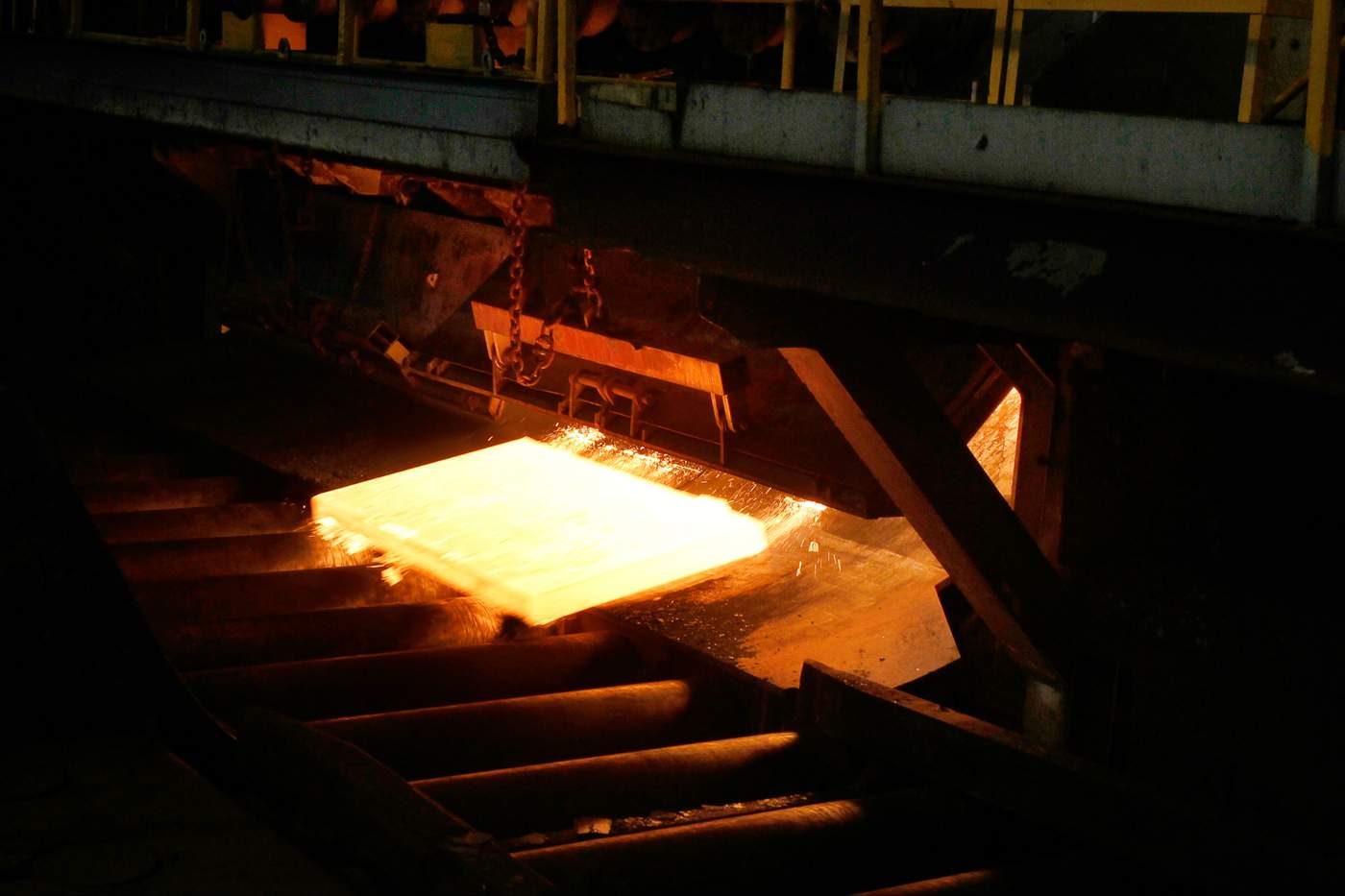
The mill operates three and a half days a week and makes 200,000 tonnes of plate a year, which is roughly half of what was made when BlueScope was still in the international market.
Broadly speaking, the process for making plate bears a lot of similarities to the hot strip mill - slabs are heated and then flattened out underneath giant rolls.
In the plate mill, each seven-tonne steel slab is cut into four and loaded into what is called a pusher furnace.
It spends about five hours being heated to around 1300 degrees before a slab being loaded in at the other end pushes it out (hence the name “pusher furnace”) onto a conveyor.
The conveyor then carries the slab through a set of rollers to be flattened to any thickness between five and 50mm.
After the first set of rollers - called a stand - the plate can have a corrugated look to it but that is smoothed out at a second stand of rollers.
Once finished, it sits on a cooling bed for a while before heading to plate processing where the plates are cleaned up and cut to size.
For instance, they come off the line with uneven and rounded edges, which need to be trimmed into sharp corners like the steel plate you see all the time.
In the spirit of waste not, want not, those offcuts are sent back up the line for use as scrap in the Basic Oxygen Steelmaking process.
Some of the plates will also undergo non-destructive testing to ensure the steel made by the plant is up to scratch.
